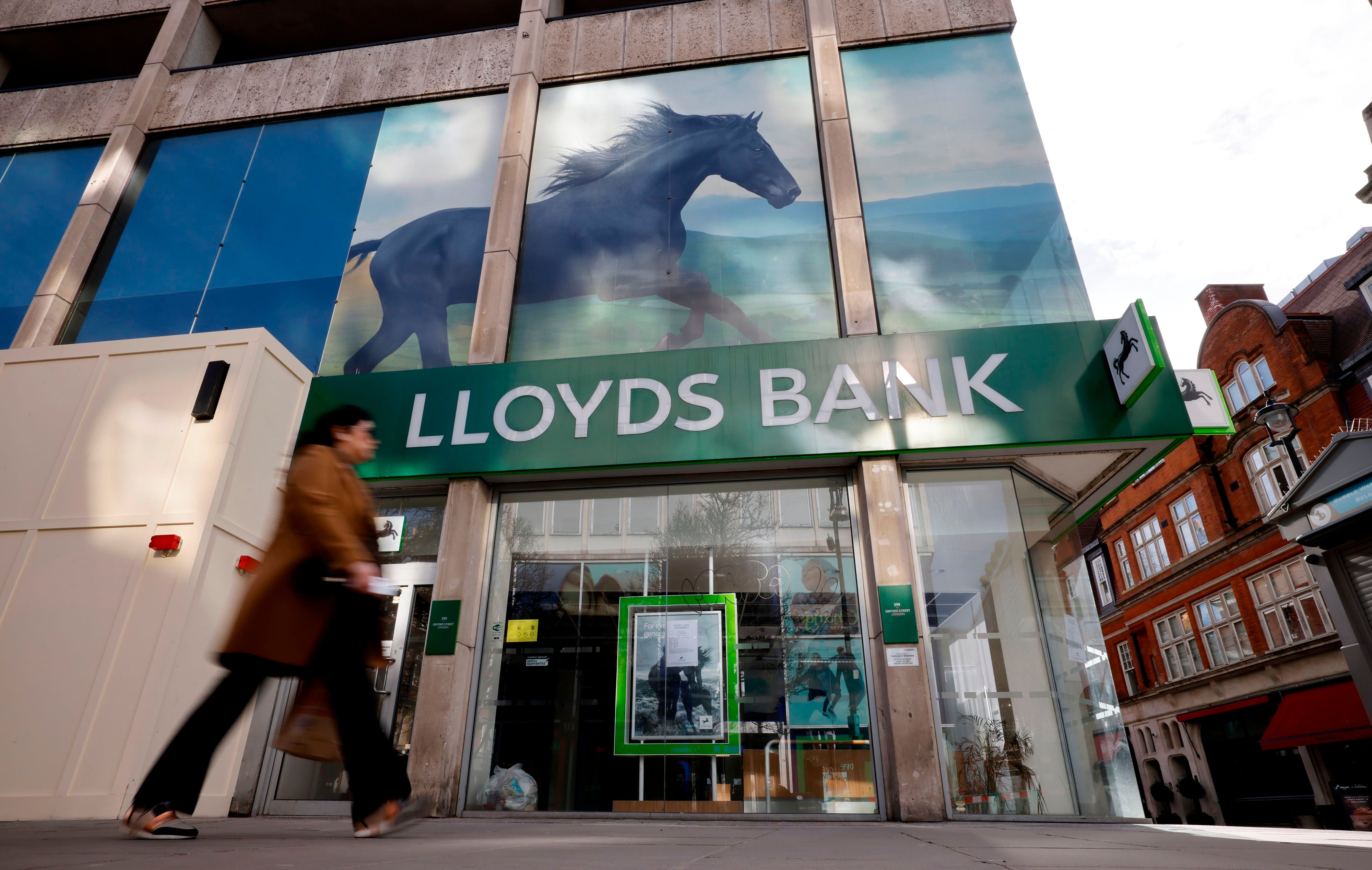Why do banks close branches when they’re making so much money?
It’s the trust and reassurance that physical banking and engagement bring that I desire, argues Chris Blackhurst


Banks continue to generate hefty profits, as the current slew of results shows. Yet, at the same time, they carry on shutting branches.
It’s this paradox that so infuriates people. Why, if they make so much money, do they close the branch, the one I’ve been going to all my life?
That’s a common refrain, but one that’s increasingly in a minority. Footfall at bank branches is declining. Nevertheless, what the banks are failing to acknowledge, and are seemingly not prepared to finance, is that for those customers who do use them they provide a cherished, invaluable service.
We’ve reached a stage, too, where closures are no longer even trailed. Lloyds dropped out the news that another 66 outlets were going, choosing to do so when the news media’s attention was elsewhere, covering the heatwave and the Tory leadership contest. It takes the total going this year, across its three brands of Bank of Scotland, Halifax and Lloyds, to 150, and across UK banking to more than 400.
By the end of 2022, that tally is likely to have doubled. Which?, the consumer group, reckons more than 50 bank branches a month have vanished since the beginning of 2015. We’re fast approaching the point at which to find a bank open at all in some high streets will be something of a miracle.
It’s not a phenomenon that is confined to the UK. A recent study from the Digital Banking Report found that 66 per cent of bankers globally believed branch locations would fall by 20 per cent by 2025. Meanwhile, the Economist Intelligence Unit has reported that just under two-thirds, 65 per cent, of banking executives believe that the branch-based model will be “dead” within five years.
Whenever planned closures are disclosed in the UK, the bank concerned is quick to point out the availability of the local post office for basic banking services. That’s all well and good – except that post offices have also been closing.
It also betrays a casual, dismissive attitude towards the consumer: a bank that is definably a bank has gone, and now they’re saying queue up with folks who are having parcels weighed and stamped, often at the back of a newsagent’s, where it can be cramped. If my local post office is indicative, it’s tucked away in a branch of a local shop and only one of the three windows is ever open. In the run-up to Christmas, the queues are through the shop and onto the pavement.
Something has to give. Clearly, the banks are not going to be swayed from their path of closures. No level of persuasion is going to convince them to change direction
Like some sort of relentless mechanical grinder, the banks are resolutely failing to allow emotion to influence their decision-making. Fewer people are using bricks and mortar branches; therefore they’re a declining asset and they must be terminated.
While it’s undoubtedly the case that increasing numbers are turning to internet banking, as they are turning online for their shopping needs, there remains a demand for traditional banking. It’s impossible to make a cash deposit digitally or obtain foreign exchange. Likewise, if some people have a query about their account they prefer to make it to a real person, not an automated, robotic-sounding voice in a faraway call centre.
The banks go to great lengths to furnish us with dire warnings about assuming the text message or email or person on the end of the phone call asking for bank details is genuine; they can’t then turn round and say you cannot expect to see a genuine employee and discuss your affairs with them.
Something has to give. Clearly, the banks are not going to be swayed from their path of closures. No level of persuasion is going to convince them to change direction. Equally, though, they should recognise, and be made to recognise, that for many people a physical branch is a necessity.
Keeping a few banks open, however, is not the answer. Saying to a customer that in future they can visit the nearest post office, or a branch a long distance away, does not cut it.
There is a solution, which is the community bank. There was a Campaign for Community Banking Services, started by Derek French, a former banking executive, for the introduction of shared banking centres. The idea was that the same premises and staff would cater for different bank brands. You want to pay in a cheque to Lloyds, you fill out the Lloyds form; you wish to deposit cash into Barclays, you complete the Barclays slip.
French’s drive petered out several years ago, when closures were in their infancy. Since then, the pace has accelerated and the time has come to revisit the scheme or similar.
The operating cost would be divided between the banks. There could be dedicated meeting rooms for their employees if someone wishes to discuss a mortgage application, say. And there could be dedicated phone lines for each of the sharing banks and racks for their leaflets and promotional material pushing their gamut of services.
It would not concern me, for one, if I had to pay cash into my account and did so via another bank or shared facility. It’s the person taking the money I want to see; it’s the trust and reassurance that physical banking and engagement brings that I desire.
The finance and consumer watchdogs, and MPs, should examine this proposal; the banks ought to be challenged as to why it will not work. No wriggling and irrelevant excuses, please. We must save our banks.




Join our commenting forum
Join thought-provoking conversations, follow other Independent readers and see their replies
Comments